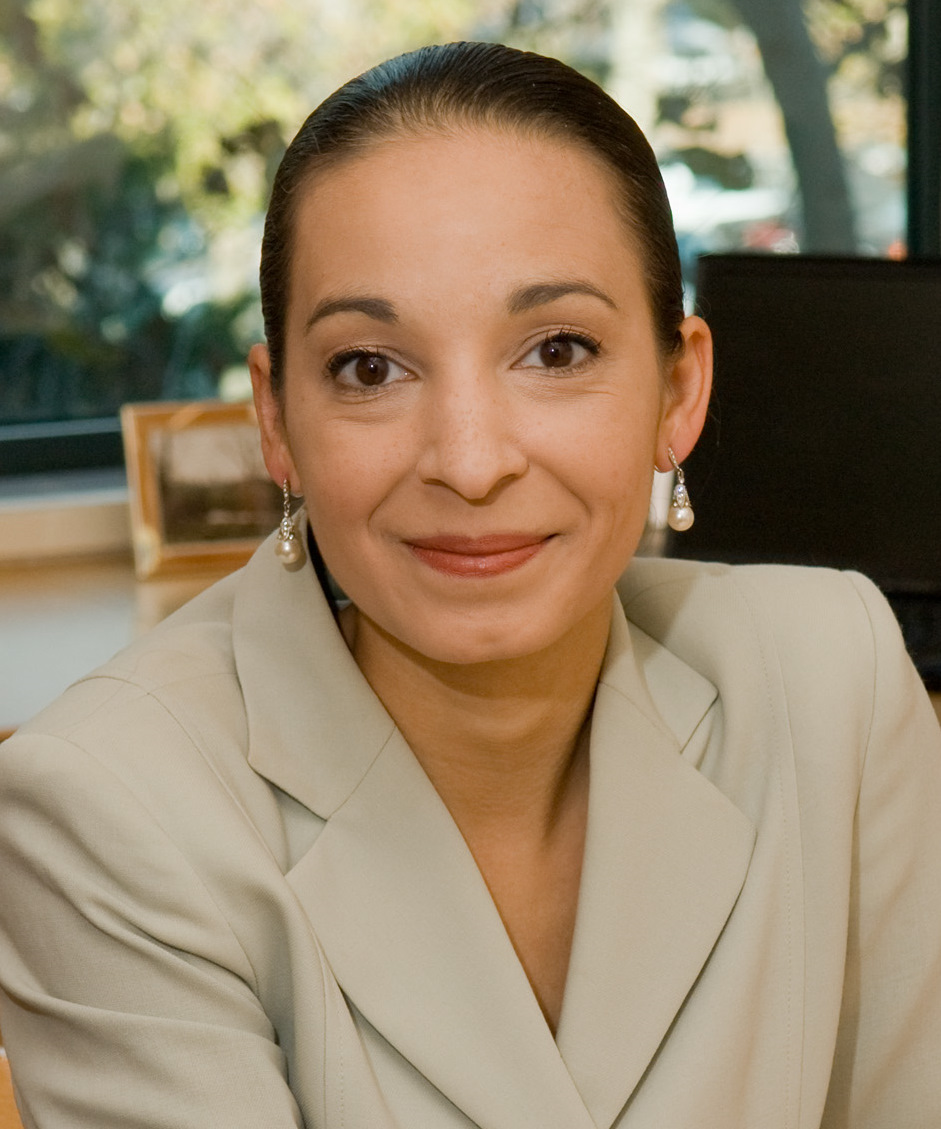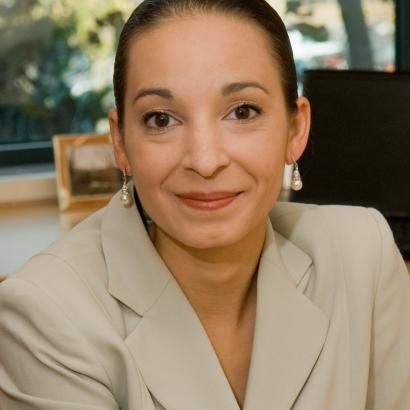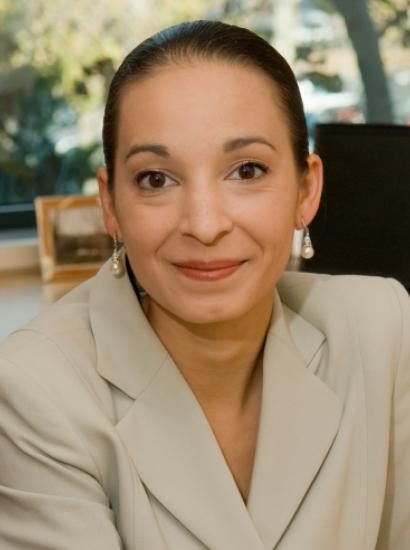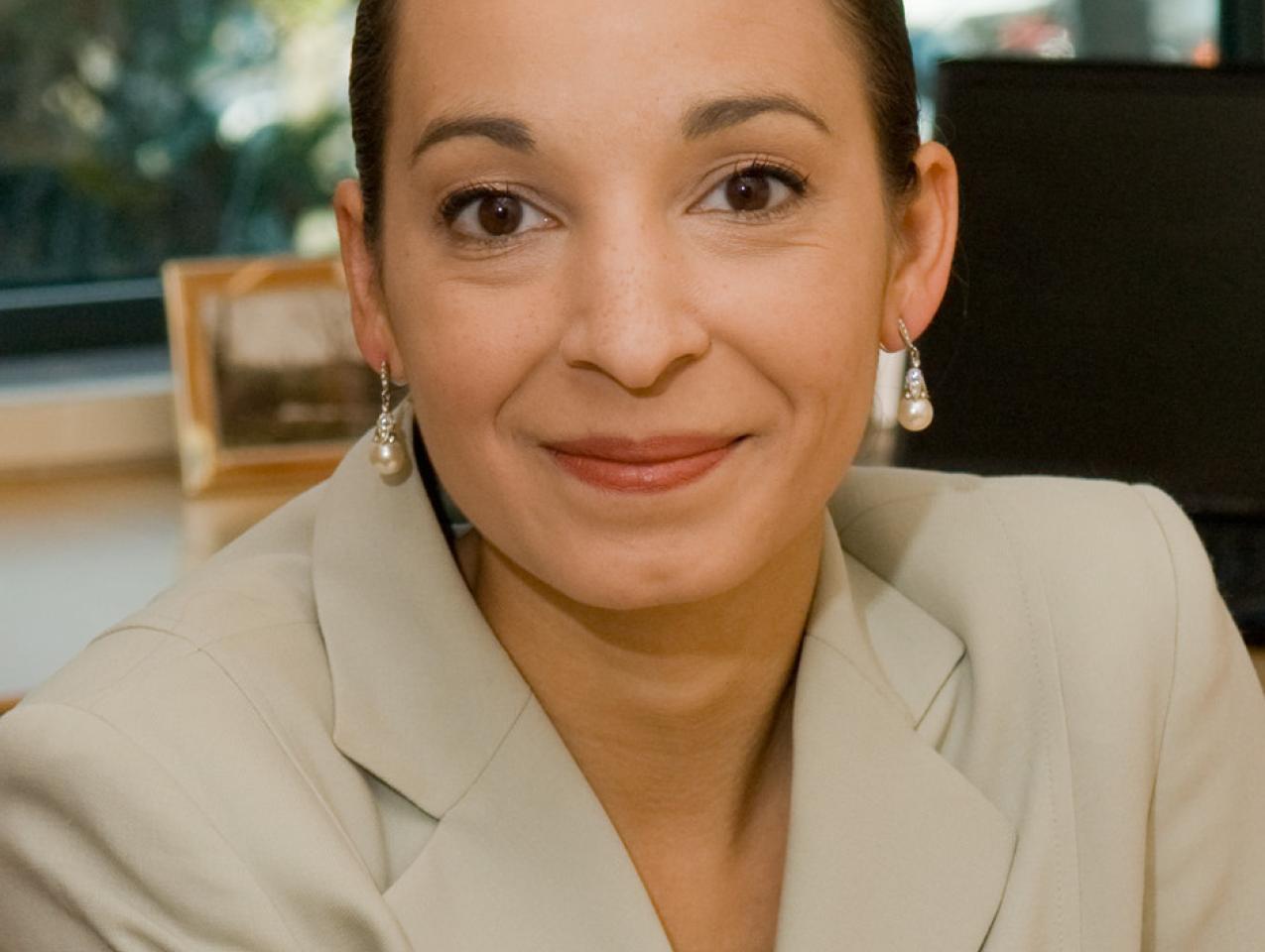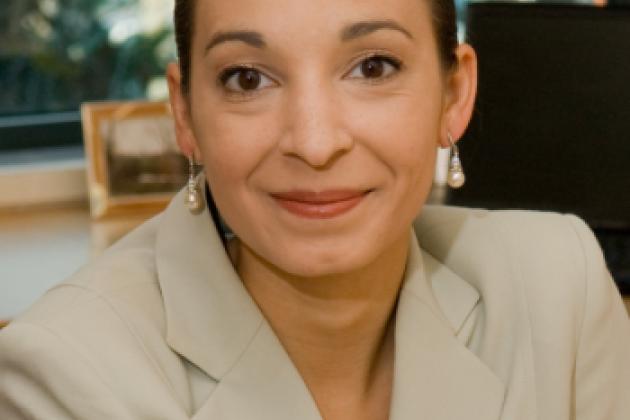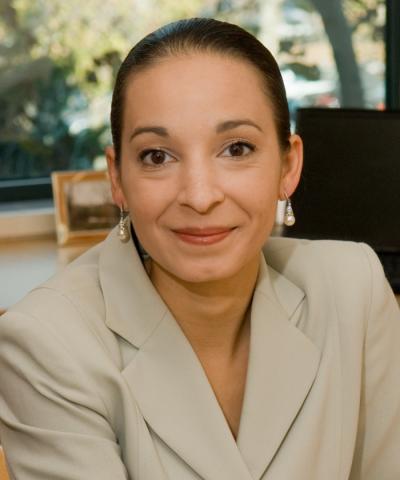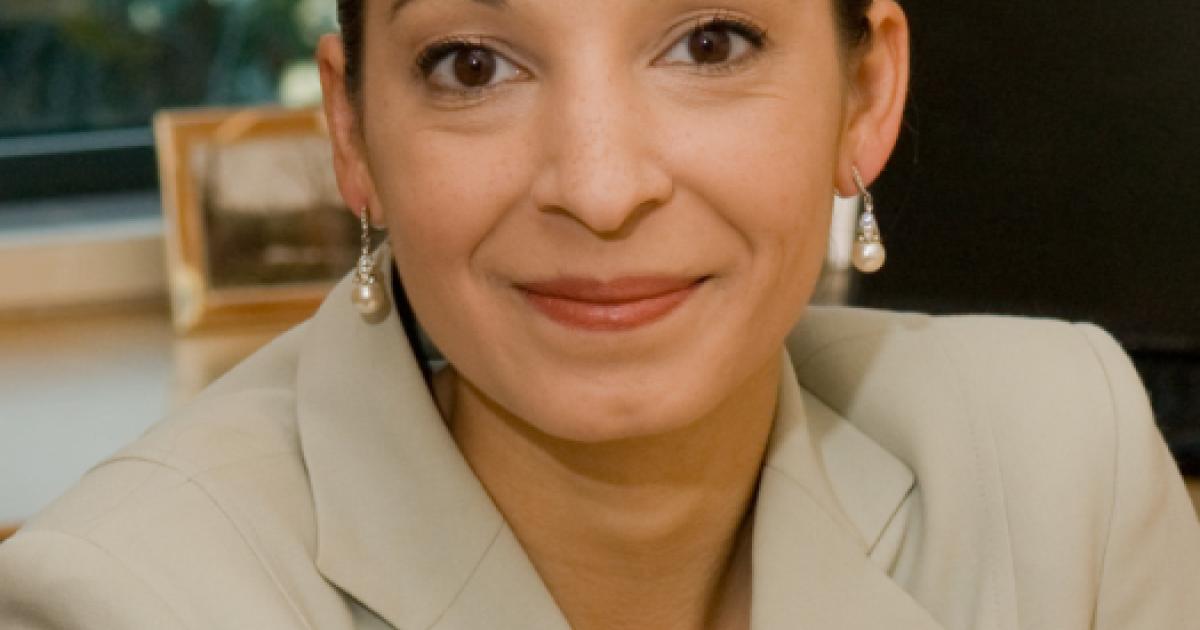- Education
- K-12
New York City students who entered lotteries and won spots in charter schools performed better on state exams than students who entered the same lotteries but did not secure charter school seats. That’s the upshot of a multiple-year study led by Caroline Hoxby, a senior fellow at the Hoover Institution and the Scott and Donya Bommer Professor of Economics at Stanford University. This is an excerpt of the report on Hoxby’s findings.
Question: What is the New York City Charter Schools Evaluation Project all about?
Answer: The New York City Charter Schools Evaluation Project is a multiyear study in which nearly all the city’s charter schools are participating. This, the second report in the study, analyzes achievement and other data from the 2000–2001 school year up through the 2007–2008 school year. The next report in the study will analyze achievement up through the 2008–2009 school year.
Q: How are students admitted to New York City’s charter schools?
A: Any student who lives in one of the five boroughs of New York City can apply to its charter schools. The typical charter school application simply asks for the student’s name, date of birth, parent or guardian’s contact information, and grade to which the student is applying. Some applications ask for more information, but charter schools don’t ask students to provide school transcripts, write essays, or otherwise demonstrate their academic performance.
Think of a single sheet of paper, not a college application.
Charter schools are required to take all applicants if they have the space. If a charter school does not have enough space for all applicants, it is required to hold a random lottery. Ninety-four percent of students who apply to New York City charter schools are put into one of those lotteries.
Is New York City a typical environment for charter schools?
A: Nothing about New York City is typical! We shall see, however, that its charter schools enroll a disadvantaged population of students that is similar demographically to charter school students in other cities in the United States. Also, nearly all charter schools in the United States hold admissions lotteries, as New York City’s schools do, when they are oversubscribed. Most urban charter schools are routinely oversubscribed, as are New York City’s.
Q: Where are New York City’s charter schools located?
A: New York City’s charter schools are generally concentrated in Harlem and the South Bronx. They are scattered throughout Brooklyn, and there are a few in Queens. Starting in the 2009-2010 school year, Staten Island will have a charter school.
Q: Who typically attends a New York City charter school?
A: New York City’s charter school applicants are largely black (63 percent) and Hispanic (29 percent). Only a few percent are white, Asian, or another race. In other words, New York City’s charter school students are disproportionately black and disproportionately not white or Asian. The existence of charter schools in the city therefore leaves the traditional public schools less black, more white, and more Asian.
Q: What are some of your findings?
A: First, on average, a student who tried but did not get into a charter school—“lotteried-out”—and stayed in the traditional public schools for kindergarten through eighth grade would stay on grade level but would not close the “Scarsdale-Harlem achievement gap” by much. The lotteried-out students’ performances, however, do improve and are better than the norm in the United States, where, as a rule, disadvantaged students fall further behind as they age.
Second, compared to his lotteried-out counterpart, a student who attends a charter high school has Regents’ examination scores that are about three points higher for each year he spends in the charter school before taking the test. For instance, a student who took the English comprehensive exam after three years in a charter school would score about nine points higher.
Third, a student who attends a charter high school is about 7 percent more likely to earn a Regents’ diploma by age twenty for each year she spends in that school than her public school counterpart. (To go with a regular high school diploma in the state of New York, students must pass a series of standardized tests, commonly called the Regents’ exam, with a score of sixty five or higher. The five disciplines tested are integrated algebra or math A, global history and geography, U.S. history and government, comprehensive English, and any one science.) To receive an advanced Regents’ diploma, students must also pass an additional Regents’ science exam (earth science, chemistry, or physics), an addiadditional math exam (geometry and algebra 2/ trigonometry, aka math B), and a foreign language exam.
Q: What do these results mean for a child, in everyday terms?
A: By the time a charter school student has reached the end of eighth grade, our estimates indicate that he will be scoring about thirty points higher in math than he would have been scoring had he been lotteried-out and remained in a regular public school.
How much is thirty points? Students in Scarsdale, New York, one of the most affluent suburbs of New York City, routinely score between thirty-five and forty points higher than students in Harlem, where many of the city’s charter schools are located. So, let’s call thirty-five points the “Scarsdale- Harlem achievement gap.” If charter schools in New York City improve their students’ scores by thirty points, then their students will have made up about 86 percent of the Scarsdale-Harlem achievement gap. (The test score gap between Scarsdale and Harlem varies from grade to grade and year to year, so the thirty-five points is only approximate. We have used Scarsdale not because we want to analyze that district’s achievement but simply as a mnemonic device.)
In short, charter school students’ gains are meaningful in real-world terms. Even though their extra gain in each grade may not seem large, the gains can substantially close the achievement gap over the span of kindergarten through grade eight.
Q: What’s the bottom line on the association between achievement and charter school policies?
A: We are confident that the following policies are associated with charter schools’ positive effects on students’ achievement:
- A longer school year
- A greater number of minutes devoted to English during each school day
- A small rewards/small penalties disciplinary policy
- Teacher pay based more on performance or duties, as opposed to a traditional pay scale based strictly on seniority and credentials
- A mission statement that emphasizes academic performance, as opposed to other goals







